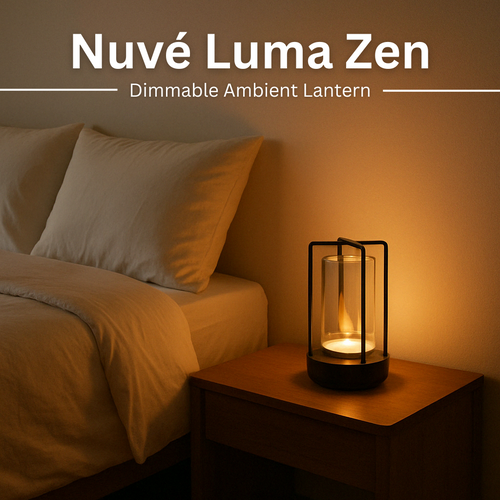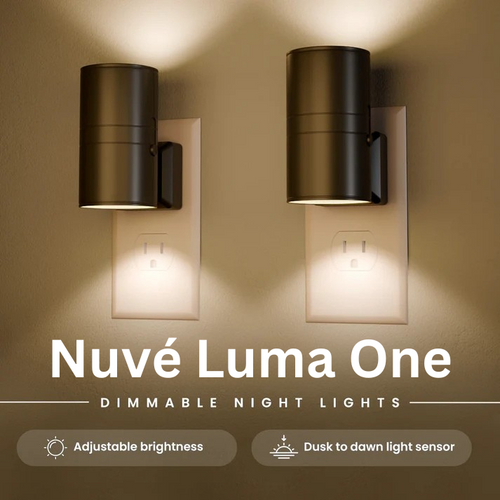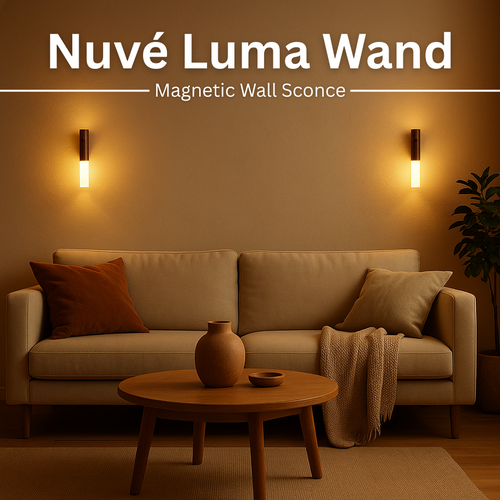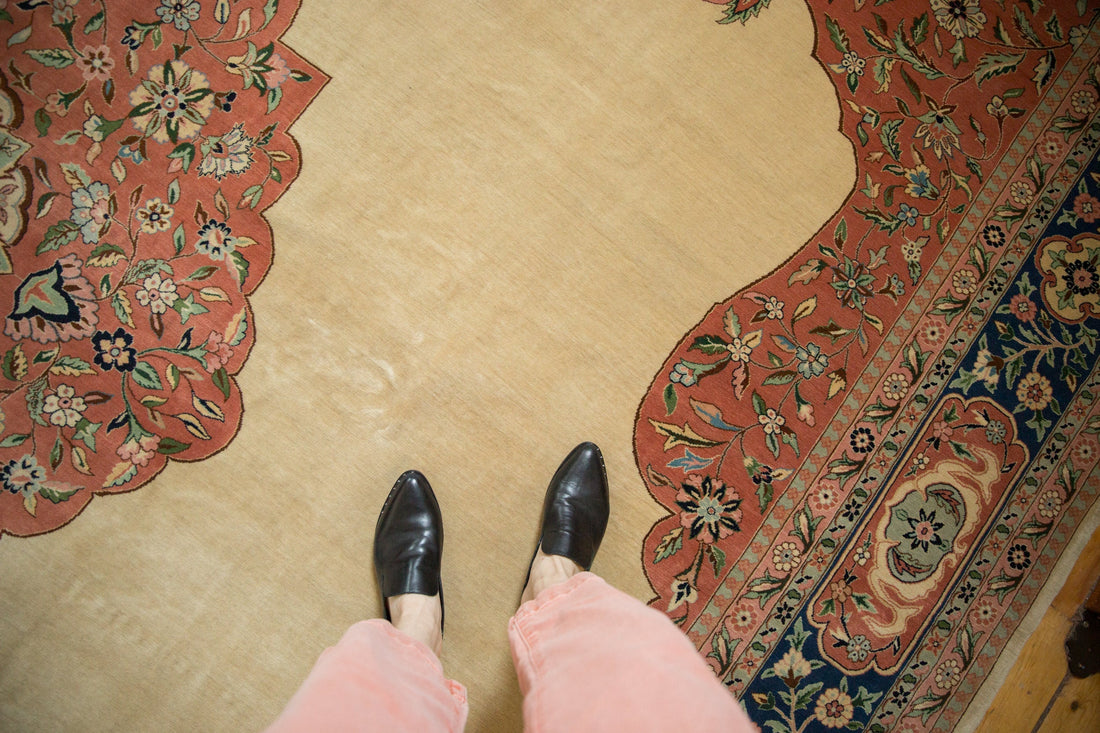Some objects carry more than form or color.
They carry time.
An heirloom rug isn’t just woven — it’s composed. Each knot holds a gesture, a rhythm, a moment repeated thousands of times by human hands. When you walk across it, you feel more than texture. You feel a story.
At Nuvé Studio, we curate heirloom rugs because they connect us to something lasting — design that endures, materials that age gracefully, and craftsmanship that cannot be replicated by machines.
The Soul of Craftsmanship
Every handwoven rug begins with raw wool, spun and dyed using time-honored methods. Natural pigments from plants, minerals, and earth give subtle tonal variations that machine-made rugs simply can’t match.
These nuances — the soft irregularities in weave and hue — are what give heirloom rugs their soul.
Design insight:
According to interior design fundamentals, texture and rhythm are core principles that establish visual harmony. Handwoven rugs embody both. The repetition of pattern creates rhythm; the variation of thread introduces life.
When placed in a modern interior, this blend of precision and imperfection brings warmth that anchors the room.
Why Authentic Rugs Last for Generations
Unlike mass-produced rugs, heirloom pieces are made to be lived with for decades. The tightness of the weave, the quality of natural fibers, and the dyeing process all contribute to durability and longevity.
Wool, for example, is naturally stain-resistant and self-cleaning due to its lanolin content. It also absorbs and releases moisture, helping regulate room humidity — a subtle but meaningful effect in interior comfort.
Design principle:
In spatial design, materials that age well support sustainability. Patina adds emotional value — the surface tells the story of use, not decline.
An authentic rug doesn’t wear out. It evolves.
Cultural Significance and Modern Context
Every region produces its own visual language — Persian rugs with geometric repetition, Turkish rugs with floral storytelling, Moroccan rugs with tribal minimalism. These motifs aren’t decoration; they’re memory.
When placed in a minimalist home, an heirloom rug becomes both contrast and continuity — a historical object that grounds modern design.
Example:
A vintage Persian rug beneath a Luma Zen lamp creates a perfect conversation between past and present — the softness of time meeting the clarity of modern light.
Collecting With Intention
In an age of fast design, heirloom rugs remind us of patience. They’re not chosen to fill a room but to define it. Each piece is one-of-a-kind — a signature of artistry that cannot be duplicated.
Practical insight:
Designers often use heirloom rugs as focal points, building color palettes and material schemes around their tones. This approach ensures proportion, rhythm, and balance across the space — core elements of good interior design.
When you invest in an heirloom rug, you’re not just buying decor. You’re preserving culture, supporting craftsmanship, and participating in a design lineage that values longevity over novelty.
Caring for an Heirloom Rug
-
Rotate your rug every few months to distribute light exposure evenly.
-
Vacuum gently using a soft brush setting; avoid beater bars.
-
Clean spills immediately with mild soap and water — never harsh chemicals.
-
Professional cleaning every few years helps maintain fiber health.
Handled with care, a well-made rug can last for generations — growing softer, richer, and more personal with time.





